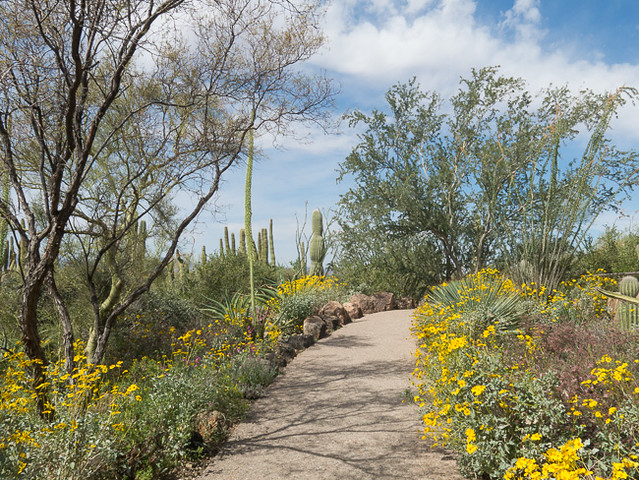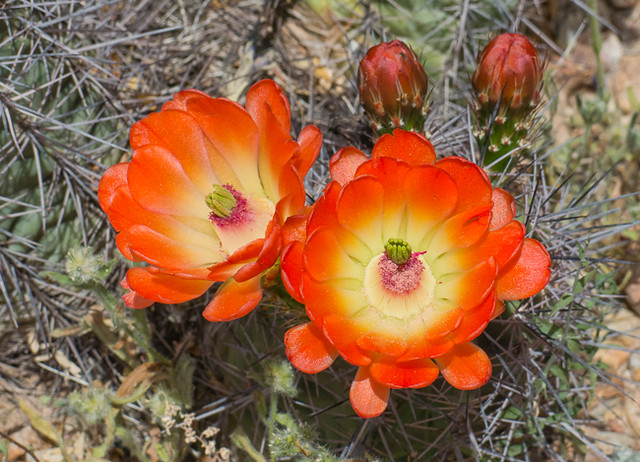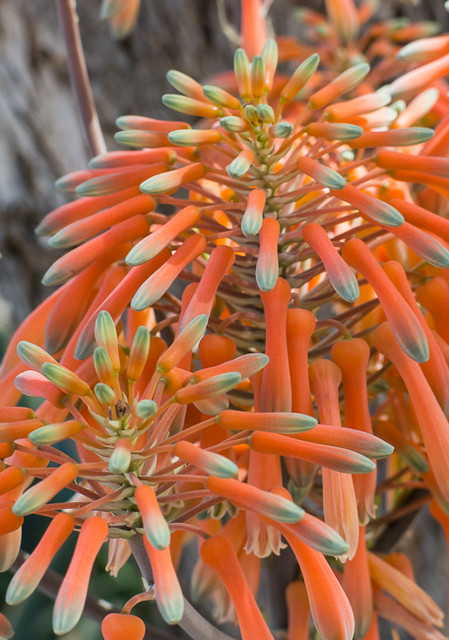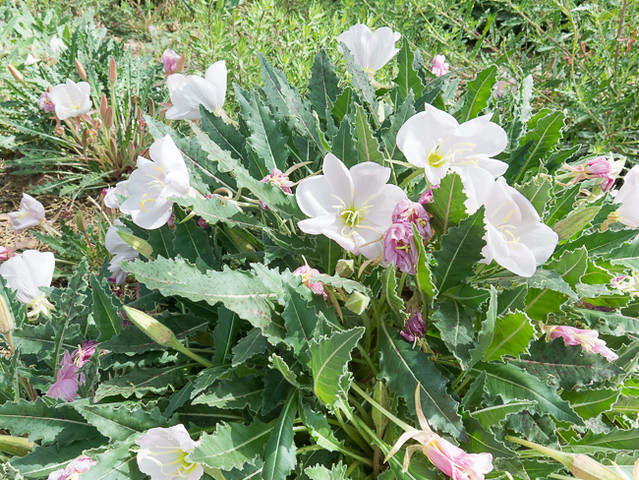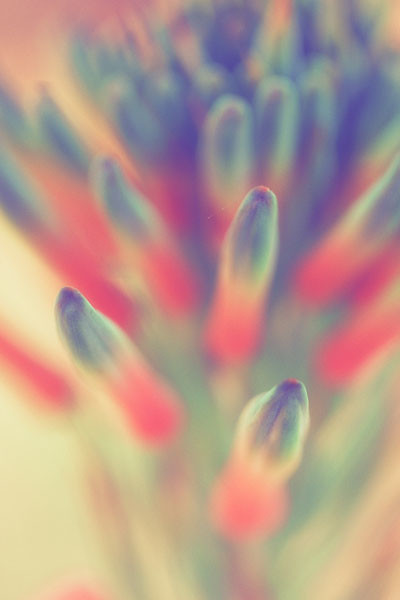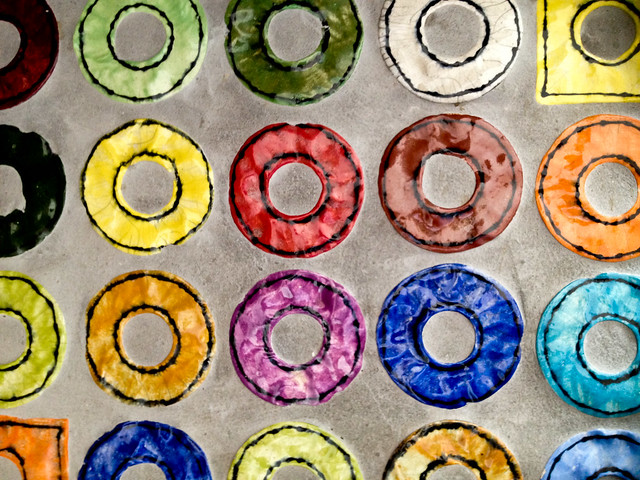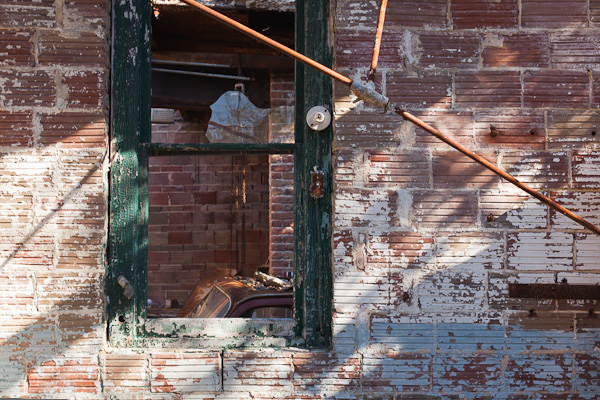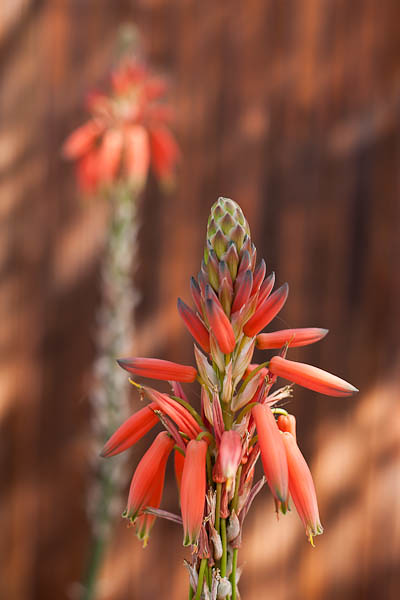The desert, when the sun comes up…I couldn’t tell where heaven stopped and the Earth began.”
~ Tom Hanks
A walk at the Arizona Sonora Desert Museum was the place to see a profusion of desert flowers. The museum isn’t a “desert in a building” – it’s a botanical garden, zoo, and natural history museum. I visit several times a week and there is always something new to see or explore.
A few days ago I spent the day in the desert – I hiked in the Sonoran Desert at Saguaro National Park in the early morning, then came to the Desert Museum for several glasses of prickly pear tea and a walk through the blossoming gardens.
Penstomen is the snapdragon family’s desert representative. Its bright pink blossoms on four foot tall stems are easy to find — in gardens and along roadsides, too.
This is one of the first cactus to bloom in the Sonoran Desert near Tucson. This was the first cactus I saw bloom when I first visited the desert four years ago. Then, I was thrilled to see a showy orange flower at the end of each stubby cactus arm. The thrill has never diminished. I smile every time I see one of these beauties.
The aloe always put on a colorful show. I love how the colors blend from brilliant orange to the cooler greens, blues, and whites.
The fragrant tufted evening primrose has soft white blossoms that turn a light magenta as they age. The blossoms don’t last long, so it is typical to see buds, white blossoms and aged flowers on the same plant.
Yellow desert marigolds, a yucca with a flower shoot just starting to grow, and a patch of pink penstemon combine for textures and color in the desert garden.
————-
Bo Mackison is a photographer and owner of Seeded Earth Studio LLC. She continues to discover beauty and inspiration while exploring the Sonoran Desert
